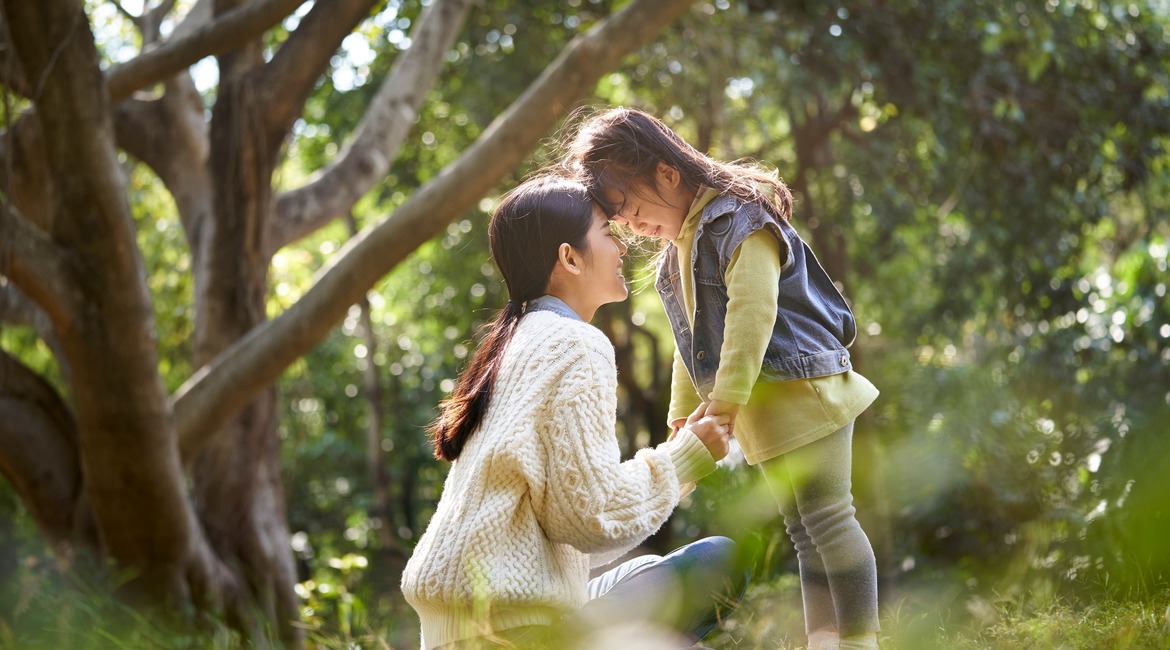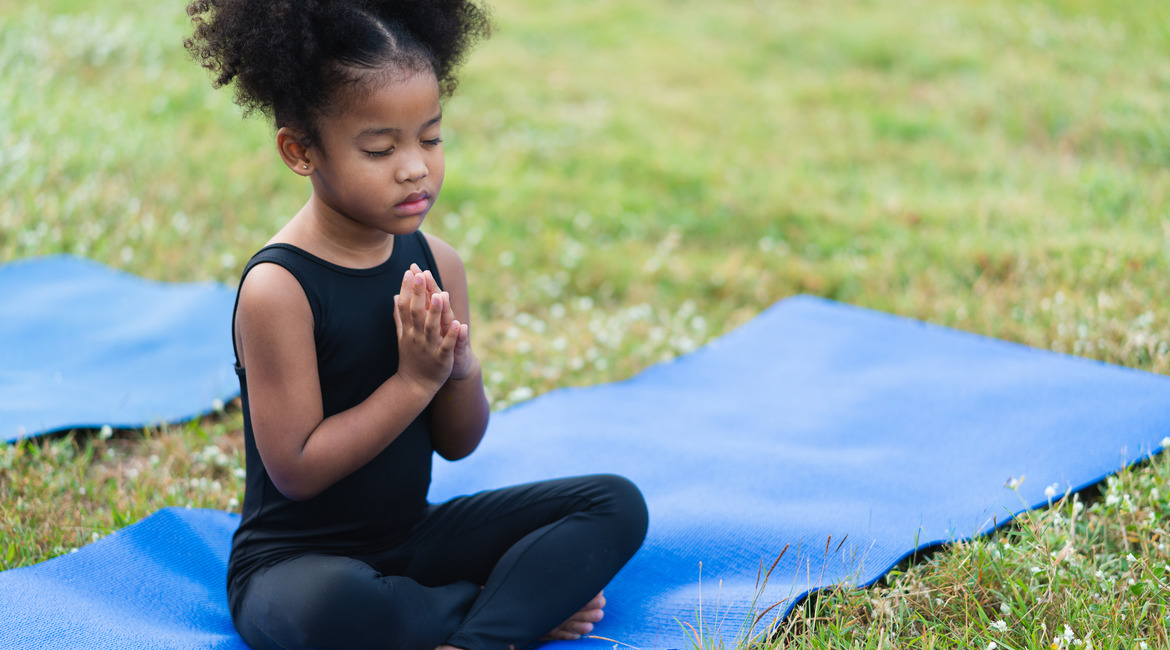“Mindfulness is the awareness that arises through paying attention, on purpose, in the present moment, and non-judgmentally.”- Jon Kabat-Zinn, founder of the Stress Reduction Clinic at the University of Massachusetts Mindfulness for Beginners.
These days, it seems we hear the word ‘mindfulness’ everywhere. It’s on the yogurt commercial on television, the airwaves of a favorite song, and a box of grocery cereal you just picked up at the market. And seeing this word everywhere got us thinking: how can mindfulness apply to these very different situations?
Mindfulness is built on three very specific qualities and goes beyond being ‘careful.’ As it is sometimes implied, mindfulness does not mean to think about other people’s feelings or to ‘do unto others, The Golden Rule. When I looked into it, I learned that mindfulness is important. It is perspective-changing. And for kids, it is empowering.
The Three Qualities of Mindfulness
Intention of Awareness
Mindfulness must begin with an active decision. Kids and adults have to determine to be mindful. This is not a state that comes naturally to us; we need to want to be mindful to be successful. For kids, a good first step would be explaining the benefits: better understanding
of our own thoughts and bodies, emotions, and choices.
Attention to the Present
When kids practice mindfulness, the present moment is important. Kids must be aware of what they feel and think the moment as it happens. Dwelling on the past or worrying about the future is an obstacle to mindfulness for kids.
Attitude
Thoughts and feelings have to stay in the non-judgemental zone when practicing mindfulness. They aren’t right or wrong, good or bad; thoughts and feelings just are. When kids practice mindfulness, they allow themselves to experience their feelings without guilt, fear, or shame. Kids extend that to people around them, which helps empathy grow.
Benefits for Kids Who Practice Mindfulness
As you can imagine, there are many benefits for kids when they learn to practice mindfulness. Many kids report better decision-making skills, increased self-esteem, and healthier body image. These findings were confirmed in seventeen independent studies conducted by Chloe Randal, Daniel Pratt, and Sandra Bucci at the University of Manchester’s School of Psychological Services in England (Randal, C., Pratt, D. & Bucci, S. Mindfulness and Self-esteem: A Systematic Review. Mindfulness 6,1366–1378 (2015)).

Additionally, kids who practice mindfulness report better communication with peers and adults. They are more in touch with their emotions and report higher rates of self-compassion.
How Can I Teach My Kid Mindfulness?
There are many mindfulness activities and games you can incorporate into your daily life to encourage your child to practice mindfulness. Some phrases and questions to introduce and model mindfulness may sound like these:
“Sometimes it is nice to stop for a minute and just listen to what is around me. What do you hear?”
“I learned this new trick to calm my brain (mind) down and think clearer. Want to hear about it?”
“I try not to think about the outcome of an activity, and leave my mind open to any possibility.”
“When I feel confused/frustrated/concerned, I listen to my own breathing and feel my heartbeat.”
An activity you can incorporate into your daily routine is walking outdoors with your child and talking about what you see, hear, and smell. Great mindfulness practice at bedtime is to concentrate on your breathing with your child, which is soothing and will help set up a good night’s sleep. Another simple mindfulness practice is called “Mindful Posing.” Kids can mimic a superhero stance and then talk about how their body felt the moment they held that pose, and why. The key is keeping the child in tune with their feelings and thoughts in the moment.
Teaching Mindfulness in the Classroom
Social-emotional learning is a big piece of the curriculum in public schools now, and teaching mindfulness can be a large part of SEL. School-age children report higher stress levels than ever-supporting the need for mindfulness now more than ever. Nationwide programs like “MindUp” and “Learning to Breathe” bring Mindfulness Education into the classroom. Many of these programs combine breathing exercises, yoga poses, meditations, journaling, and quiet, thoughtful discussions led by prompts. Students who participate in these programs report more social behavior and feel less aggressive, and many saw a rise in academic scores as well.
Mindfulness Benefits Beyond the Classroom
Children benefit in many ways when they incorporate mindfulness into their lives. Beyond the reported rise in self-regulation, emotional control, empathy, and academic success, there are also reports of reduction of chronic pain, anxiety, and depression. Mindfulness may be the practice we all need to live healthier, calmer, and less stressful lives.


